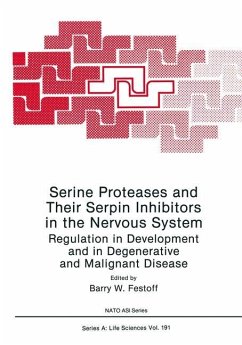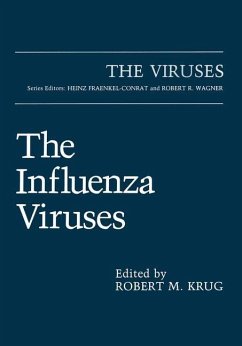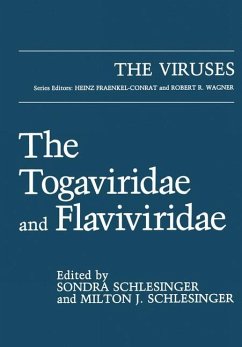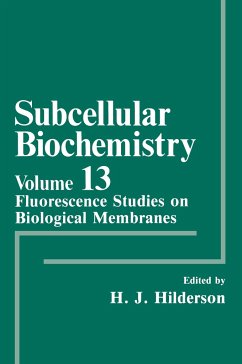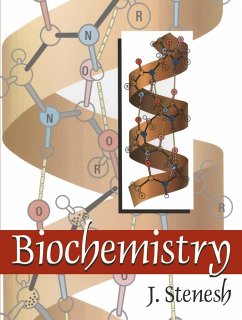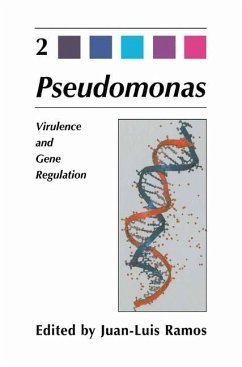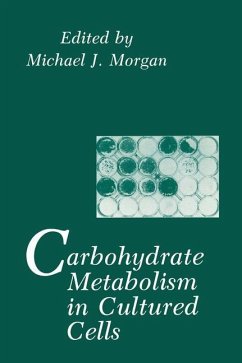MATERIALS AND METHODS . . . . . . . . . . . . . . . . . . . . . . . . . . . . . . . . . . 330 RESULTS . . . . . . . . . . . . . . . . . . . . . . . . . . . . . . . . . . . . . . . . . . . . . . . . . . . 331 DISCUSSION . . . . . . . . . . . . . . . . . . . . . . . . . . . . . . . . . . . . . . . . . . . . . . . . 333 REFERENCES . . . . . . . . . . . . . . . . . . . . . . . . . . . . . . . . . . . . . . . . . . . . . . . 335 SEcnON VI: THE MARATEA CONFERENCE . . . . . . . . . . . . . . . . . . . . . . . . . . . . . . . 337 PHOTO LAYOUT . . . . . . . . . . . . . . . . . . . . . . . . . . . . . . . . . . . . . . . . . . . . 339 PARTICIPANTS . . . . . . . . . . . . . . . . . . . . . . . . . . . . . . . . . . . . . . . . . . . . . . 341 INDEX . . . . . . . . . . . . . . . . . . . ·. ··. ······························ 345 xxv SECTION I Biochemistry and cell biology of serine proteases and serpins THROMBIN STRUCIURAL REGIONS IN DETERMINING BIOREGULATORY FUNCTIONS JOHN W. FENTON n Wadsworth Center for Laboratories & Research, New York State Department of Health, Empire State Plaza, Box 509, Albany, NY 12201, and Department of Physiology, The Albany Medical College of Union University, Albany, NY 12208, USA INTRODUCTION Thrombin (EC 3. 4. 21. 5) is the activation product of its blood-circulating or cellular-sequestered zymogen, prothrombin. Unlike the majority of enzymes and activated proteins of the blood-coagulation, fibrinolytic, and complement systems, thrombin has multiple bioregulatory functions, which are central in hemostasis, wound 1 6 healing, and perhaps developmental, as well as certain disease processes. - Hemostasis occurs at three levels, which are: i) plasma proteins (e. g. , coagulation factors V, VIII, and IX; proteins C and S, complement components), ii) blood cells (e. g. , platelets, monocytes, neutrophils), and iii) blood vessels (e. g. , endothelium, smooth muscles). Moreover, thrombin functions at all three levels of hemostasis, while the majority of cell types known are responsive to greater or lesser extents to thrombin. Thrombin furthermore functions both as a proteolytic enzyme with arginine- or lysine-directed specificities or as a nonenzymic activated protein 1 6 (hormone-like) involving receptor occupancy on certain cells.

